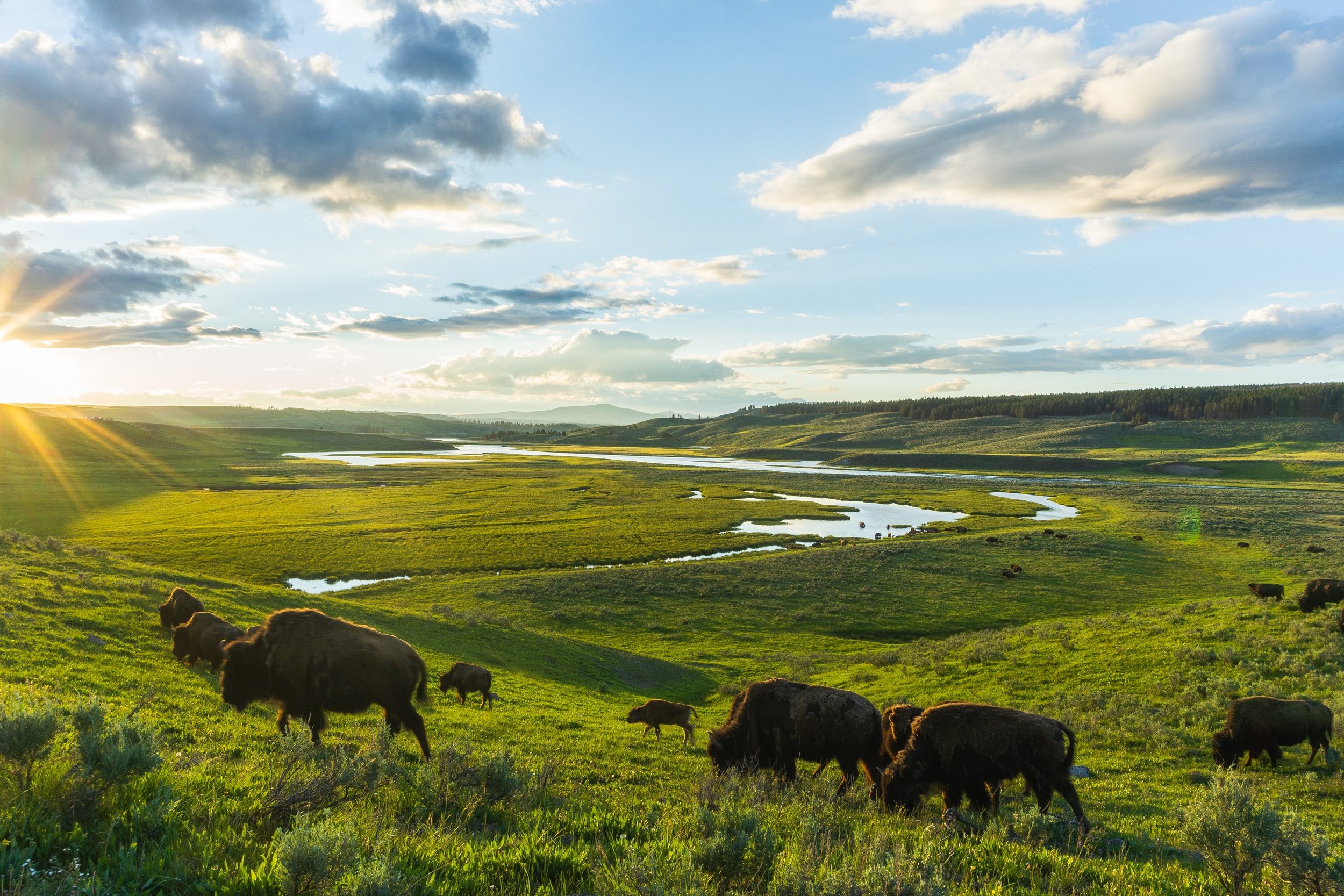- North Platte River runoff is projected at just 50% of average.
- Bighorn Basin reservoirs also face below-average inflows.
- Irrigation allocations are expected for some water users.
- Reservoir storage levels vary widely, with some under 30% full.
Thursday, May 15, 2025 — On Wednesday, the Bureau of Reclamation issued sobering snowmelt forecasts for two of Wyoming’s major river basins, showing that 2025 spring runoff levels will fall significantly below the historical norm.
North Platte River Basin: Half the Normal Runoff.
According to Reclamation’s May 13 forecast , total runoff into the North Platte River Basin above Glendo Dam is expected to reach only 467,000 acre-feet between April and July. This is roughly half of the 30-year average. The April contribution alone accounted for 91,500 acre-feet.
, total runoff into the North Platte River Basin above Glendo Dam is expected to reach only 467,000 acre-feet between April and July. This is roughly half of the 30-year average. The April contribution alone accounted for 91,500 acre-feet.
Storage across the North Platte system stood at approximately 1.65 million acre-feet as of April 30, or 89% of the seasonal average. While not critically low, this reduced inflow may affect allocations.
Releases from the system’s major reservoirs are being carefully managed. Seminoe Reservoir, through Miracle Mile, has peaked at 2,600 cubic feet per second. Gray Reef Reservoir is currently releasing 2,600 cfs, with an anticipated peak of around 3,300 cfs. Guernsey Reservoir releases will range from 1,600 to 5,000 cfs through September to meet irrigation demand.
No spill is expected from Pathfinder Reservoir this season, based on current conditions. Given the snowmelt deficit and existing storage, Reclamation expects that an irrigation allocation will be necessary for North Platte Project contractors.
The North Platte system supplies water for irrigation across hundreds of thousands of acres and generates electricity from six powerplants serving tens of thousands of homes.
Bighorn River Basin: Mixed Outlook for Major Reservoirs.
Reclamation released similar forecasts for the Bighorn River Basin, which spans north-central Wyoming and parts of Montana. Collectively, runoff projections for May through July reflect subpar snowpack.
Forecast inflows include:
-
Bighorn Lake: 623,000 acre-feet, or 57% of the 30-year average. The lake was 81% full on May 1.
-
Buffalo Bill Reservoir: 650,000 acre-feet, or 91% of average. As of May 1, the reservoir stood at 59% full.
-
Boysen Reservoir: 450,000 acre-feet, or 78% of average. Storage was 69% of capacity at the start of the month.
-
Bull Lake Reservoir: 135,000 acre-feet, or 94% of average. However, the reservoir held just 27% of its conservation storage.
While the percentages vary, the trend across the basin is clear: inflows will remain well below the 30-year norm.
The Bighorn Basin’s hydrology is complex, bounded by major mountain ranges and drained by the Bighorn River, which flows northward through Wyoming into Montana. Reclamation’s storage network in the region has a total capacity of 2.6 million acre-feet, largely concentrated in Bull Lake, Boysen, Buffalo Bill, and Bighorn Lake.
Hydropower is an important function of these reservoirs. Electricity is generated at Wyoming’s Boysen Powerplant and four facilities tied to Buffalo Bill Reservoir, as well as at the Yellowtail Powerplant in Montana.
For further technical information, stakeholders may contact Wyoming Area Manager Lyle Myler at 307-261-5671 regarding Buffalo Bill, Boysen, and Bull Lake. Inquiries about Bighorn Lake can be directed to Montana Area Manager Ryan Newman at 406-247-7298.
What’s Expected.
As drought and warming trends persist across the western United States, snowmelt forecasts like these continue to shape water supply planning. For now, Reclamation officials are adjusting reservoir operations to meet both irrigation demand and power generation needs, all while navigating a tightening water balance in Wyoming’s key river basins.
Sources:

